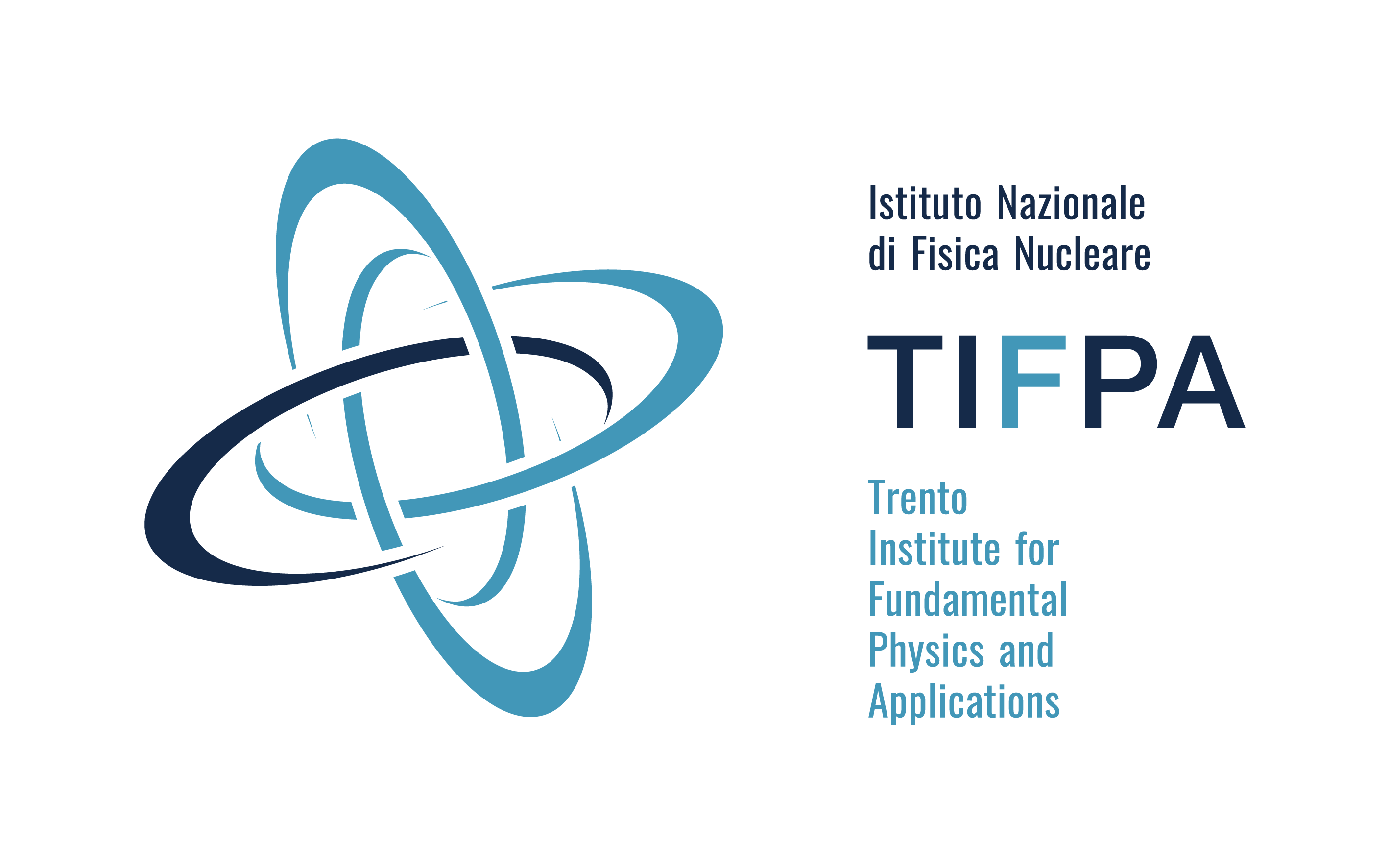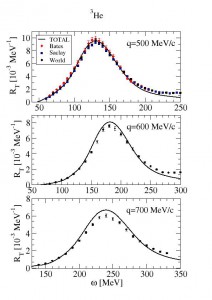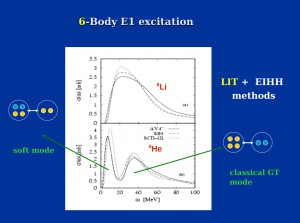FBS - Few Body Systems
Methods for ab initio accurate solutions of the quantum-mechanical few-body problem are developed. Particular attention is devoted to the most problematic continuum part of the nuclear Hamiltonian spectrum. The aim is to help rooting nuclear dynamics into Quantum Chromo-Dynamics, by comparing the results with new data on stable and exotic systems.





